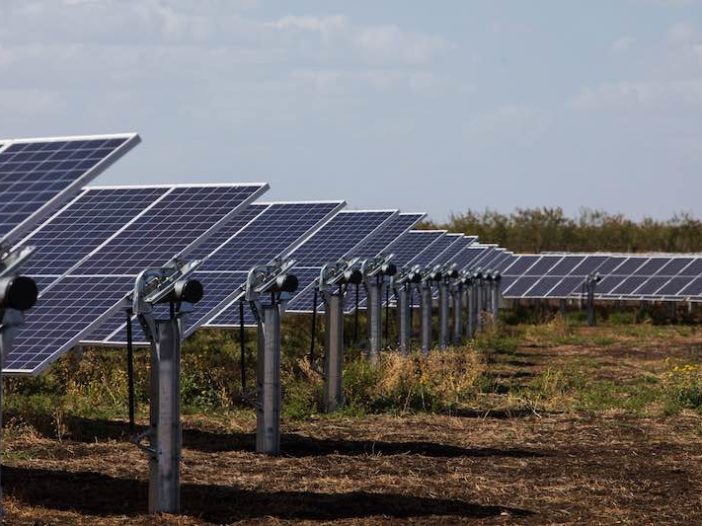
Central Queensland University will power its Queensland campuses with 50 per cent renewable energy starting in 2021, as part of a deal to buy the output of the 162MW Columboola solar farm being built between Chinchilla and Miles.
The shift to 50 per cent renewables, announced by CQUniversity on Monday, comes off the back of the power purchase agreement signed in late August by state government-owned utility CS Energy to buy all of the output of the Western Downs solar project.
That deal in turn underpinned the sale of the Luminous Energy solar farm to its new owner, South Korean financial giant Hana Financial Investment, which on Monday itself announced it had secured finance for the project.
As RenewEconomy noted at the time of the CS Energy deal, CQUniversity has entered into the agreement with Griffith University and the Queensland University of Technology. The contract will take effect from 1, January 2021.
“I’m thrilled to be sourcing 50 percent of our energy from solar sources,” said Vice-Chancellor and President Professor Nick Klomp in a statement.
“The solar farm will supply clean and affordable energy to most of CQU’s Queensland locations and this agreement will allow us to operate more sustainably, reducing the University’s adverse impact on the environment,” Professor Klomp said.
“The tropical and sub-tropical regions we operate in – such as Rockhampton, Cairns, Mackay and Townsville – will be among the hardest hit by the adverse outcomes of climate change; we therefore must do everything we can to slow and reverse its effects.”
CQUniversity joins an impressive list of major Australian tertiary educations institutions that are switching to renewables, both through the installation of their own on-campus generation and through power purchase deals.
Leading the way has been Victoria’s Monash University, which has been building a self-contained renewable energy and battery storage powered grid at its Clayton campus, and has also signed an off-take deal with the Murra Warra wind farm.
By the end of this year, the university aims to be generating 7GWh of energy, and then to transition all of its energy demand to 100 per cent renewables by 2030.
In New South Wales, Sydney’s Macquarie University in April announced its plans to go 100% renewable in a deal with Snowy Hydro. And in South Australia, the University of Adelaide last year kicked off work on a 1.2MW solar and 420kW/1200kWh hybrid battery storage microgrid that will help power its regional Roseworthy campus.
Back in Queensland, the University of the Sunshine Coast claims to be cutting its grid electricity consumption by 40 per cent, using a combination of 2.1MW of rooftop solar and a massive on-site “water battery.”
While the University of Queensland is now sourcing 100 per cent of its electricity from renewables following a similar deal with the now completed 64MW Warwick Solar Farm to supply power to its Brisbane campuses.

Sophie is editor of One Step Off The Grid and deputy editor of its sister site, Renew Economy. Sophie has been writing about clean energy for more than a decade.



